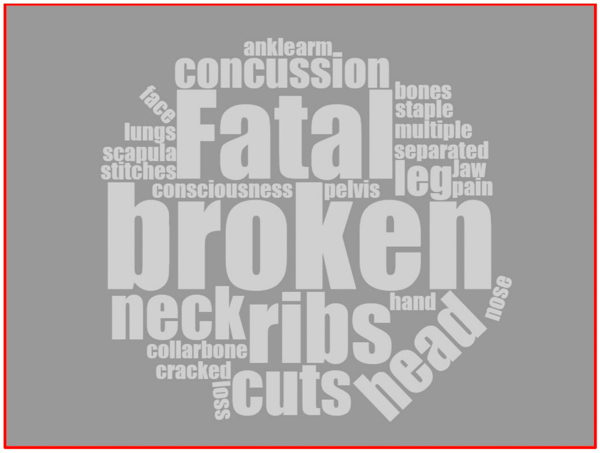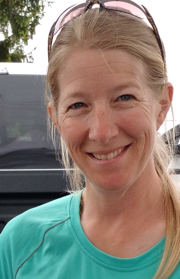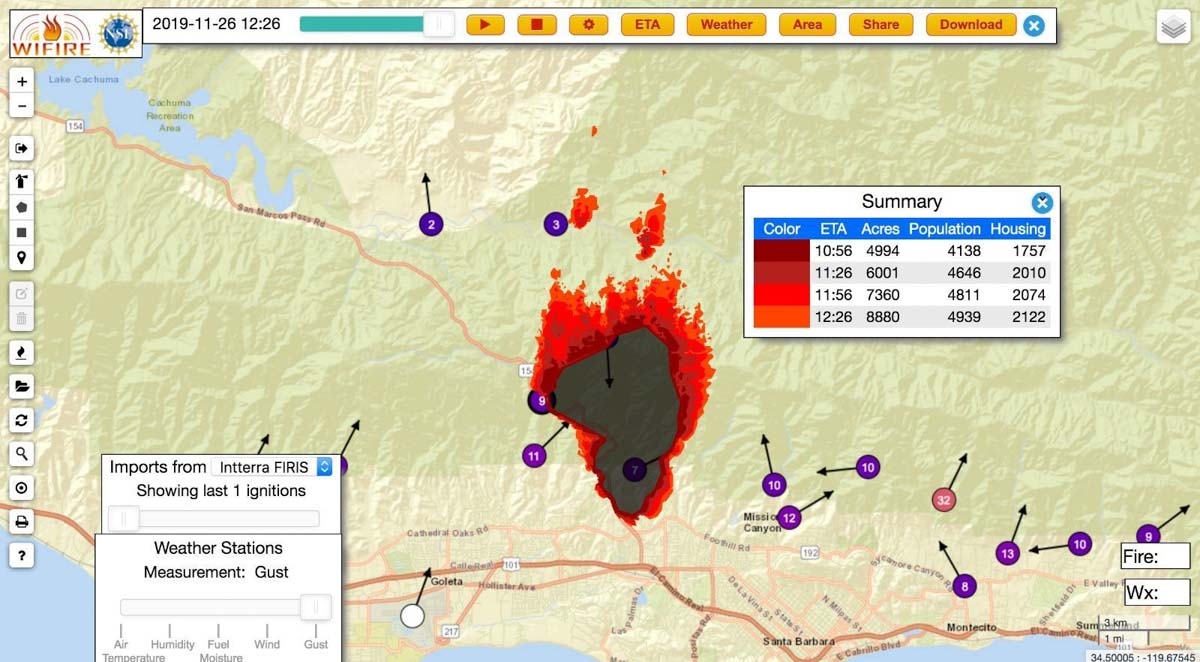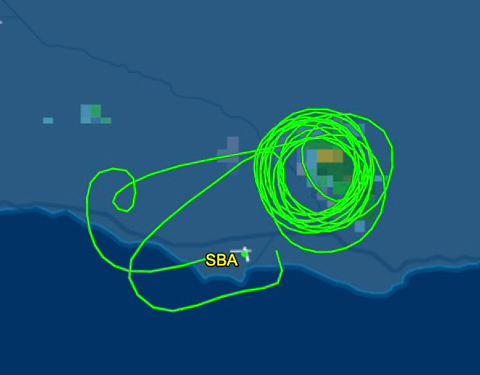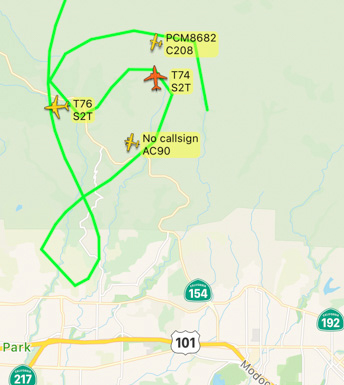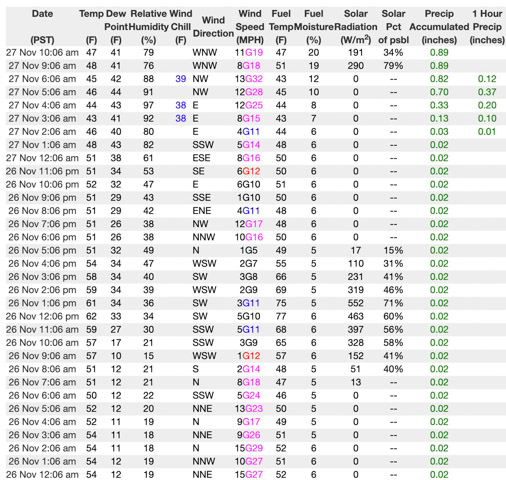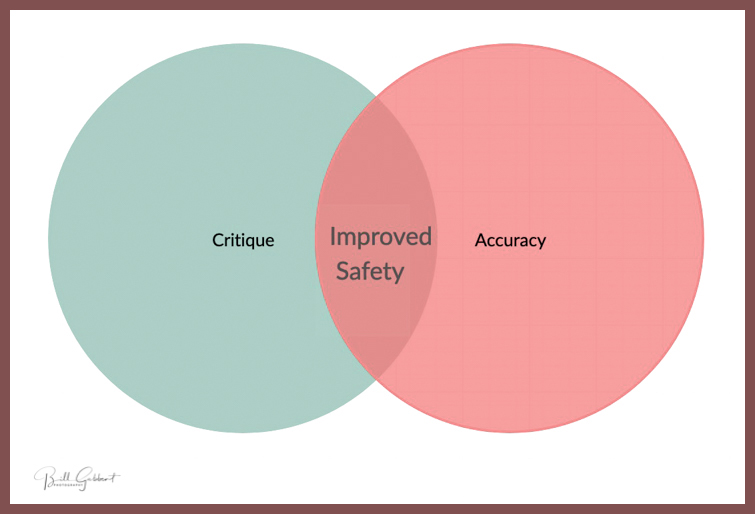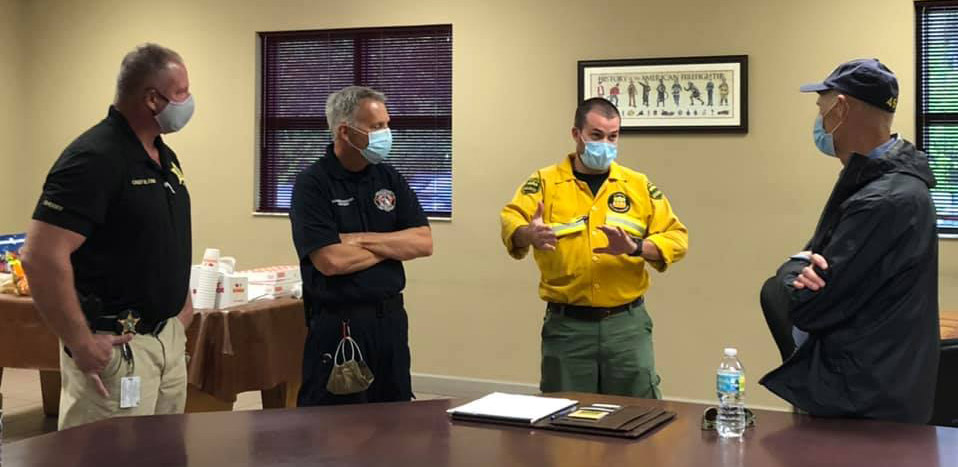
In the last few days I have seen several articles in the media about how the COVID-19 pandemic increases the risk for wildland firefighters.
From the Associated Press, “Official: Busy wildfire season will be impacted by pandemic.”
…The coronavirus pandemic already reduced the amount of training for fire crews, and Franz said Washington can expect less assistance this year from federal agencies and other partners in battling wildfires.
The DNR has already recorded its first case of a firefighter testing positive for the virus, said Commissioner of Public Lands Hilary Franz. It was a seasonal firefighter in northeastern Washington.
To prevent additional cases, the state will embrace federal guidelines on social distancing and other reforms, said Jack Cates, chief of Spokane County Fire District 9 during a conference call with reporters.
“Fire camps will look a lot different this summer,″ Cates said. “They won’t be mini-cities like you usually see.″
Instead, firefighters will camp in smaller groups to limit contact with others, Cates said. They also will not be eating buffet-style in big kitchens.
Fire bosses also plan to rely more heavily on aerial assets to reduce the number of firefighters needed on the ground, said George Geissler, the Washington state forester.
Still, Geissler predicted that the number of firefighters will be in short supply because of the pandemic.
“It could be a significant impact to us,″ he said.
A piece in the New York Times describes a model the US Forest Service is using. On a fire with “hundreds of people”, their model predicts nearly two dozen will be infected with COVID-19, and there could be a 2 percent fatality rate among those infected. That 2 percent is a revision from the previous figure they were using, which was 6 percent.
The “hundreds of people” number is a little difficult to analyze, but if they meant 300, the prediction is that the fatality rate would be about 0.48 percent among all personnel on the incident. So if there are 1,000 people on the fire, approximately five would die, according to the model. Unacceptable!
“All models are wrong, but some are useful.” (Statistician George Box, from a paper published in 1976)
From the Times article, “US Report Indicates Broad Risk of COVID-19 at Wildfire Camps”:
…The U.S. Forest Service’s draft risk assessment suggests that even in a best-case scenario — with social distancing followed and plenty of tests and protective equipment available — nearly two dozen firefighters could be infected with COVID-19 at a camp with hundreds of people who come in to combat a fire that burns for months.
The worst-case scenario? More than 1,000 infections.
The Forest Service said the document was outdated and being redone, and the newest version wasn’t yet ready to share. The AP obtained the draft from an official who has access to it and didn’t want to be named.One of the authors of the risk assessment said Tuesday that in the new version, the infection rates remain the same. But while the draft originally said the death rate among infected firefighters could reach as high as 6%, that is being revised sharply downward, to less than 2%, to reflect newer data, said Jude Bayham, an assistant professor in the Department of Agricultural and Resource Economics at Colorado State University.
From The Conversation, “Wildfire smoke worsens coronavirus risk, putting firefighters in extra danger”:
…Italian scientists reported in 2014 that air pollutants can increase the viral load in the lungs and reduce the ability of specialized cells called macrophages to clear out viral invaders.
Researchers in Montana later connected that effect to wood smoke. They found that animals exposed to wood smoke 24 hours before being exposed to a pathogen ended up with more pathogen in their lungs. The researchers showed that wood smoke exposure decreased the macrophages’ ability to combat respiratory infection.
Now, new evidence suggests that long-term exposure to PM2.5 air pollution, which is produced by sources such as wildfires, power plants and vehicles, may make coronavirus particularly deadly.
Researchers from the Harvard T.H. Chan School of Public Health conducted a nationwide study of county-level data and found that even a small increase in the amount of PM2.5 from one U.S. county to the next was associated with a large increase in the death rate from COVID-19. While small increases in PM2.5 also raise the risk of death from other causes for older adults, the magnitude of the increase for COVID-19 was about 20 times greater. The results were released last week, before the usual peer review process was conducted, to help warn people of the risks.
Taken together, these findings suggest that air pollution, including wood smoke, could increase the risk that wildland firefighters will develop severe COVID-19 symptoms.
That probably doesn’t surprise seasoned firefighters.
From the New Mexico Political Report, “COVID-19 complicates 2020 fire season”:
The article begins by recounting the incident within an incident on the 2017 Frye Fire near Safford, Arizona. A doctor swabbed the throats of 80 firefighters, with 63 (or 78 percent) testing positive for Streptococcus (strep throat). Thankfully strep can usually be cured within days or weeks.
Then the article moves on to this year and COVID-19:
…In New Mexico, the state’s Forestry Division is adapting much like its national counterpart. The Forestry Division, which manages 43 million acres, worked with local and tribal partners to create new guidelines for their staff, said Vernon Muller, resource protection bureau chief with the New Mexico Department of Natural Resources.
Those include self-screenings at the start, middle, and end of every shift, even while on active fire assignments, for any signs of sickness. Only two individuals will ride in an engine while a string of chase vehicles transports the rest of the crew.
Crew buggies will carry a fraction of their capacity. Temperature tests will be taken. Meals will be packaged individually instead of served buffet-style. Already, Muller said, two individuals declined an assignment after their self-assessment questionnaire found they or their family members may have been exposed to coronavirus.
But these choices create tradeoffs. Some say it’s still not possible to keep six feet apart, and crowding the roads with almost twice as many vehicles creates a hazard of its own and doubles the workload when it’s time to sanitize trucks and equipment.
And because firefighters are paid only when on-assignment, passing on an assignment because they suspect exposure to COVID-19 cuts into their paycheck.
Thanks and a tip of the hat go out to Karen. Typos or errors, report them HERE.

